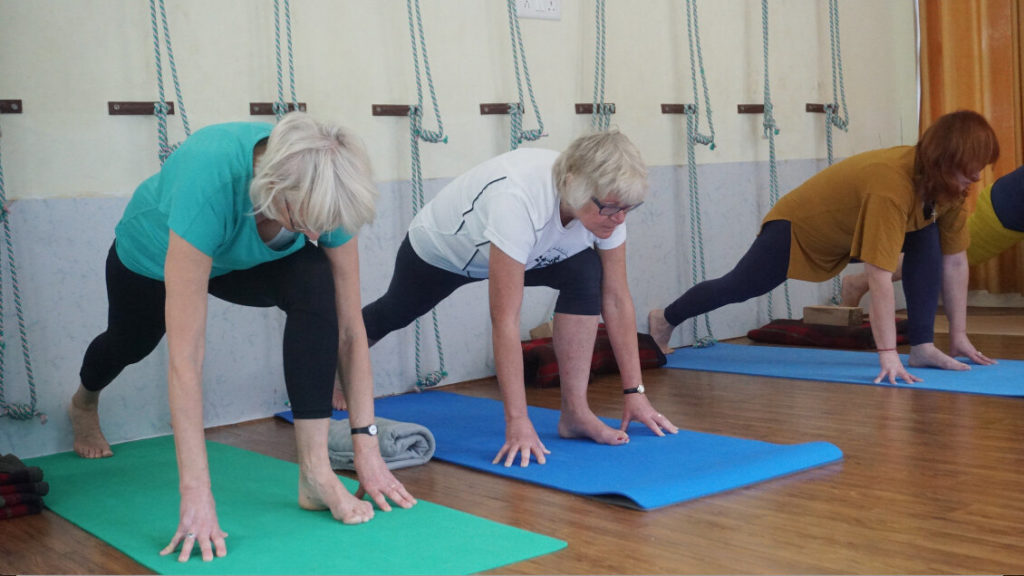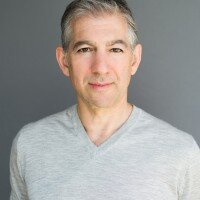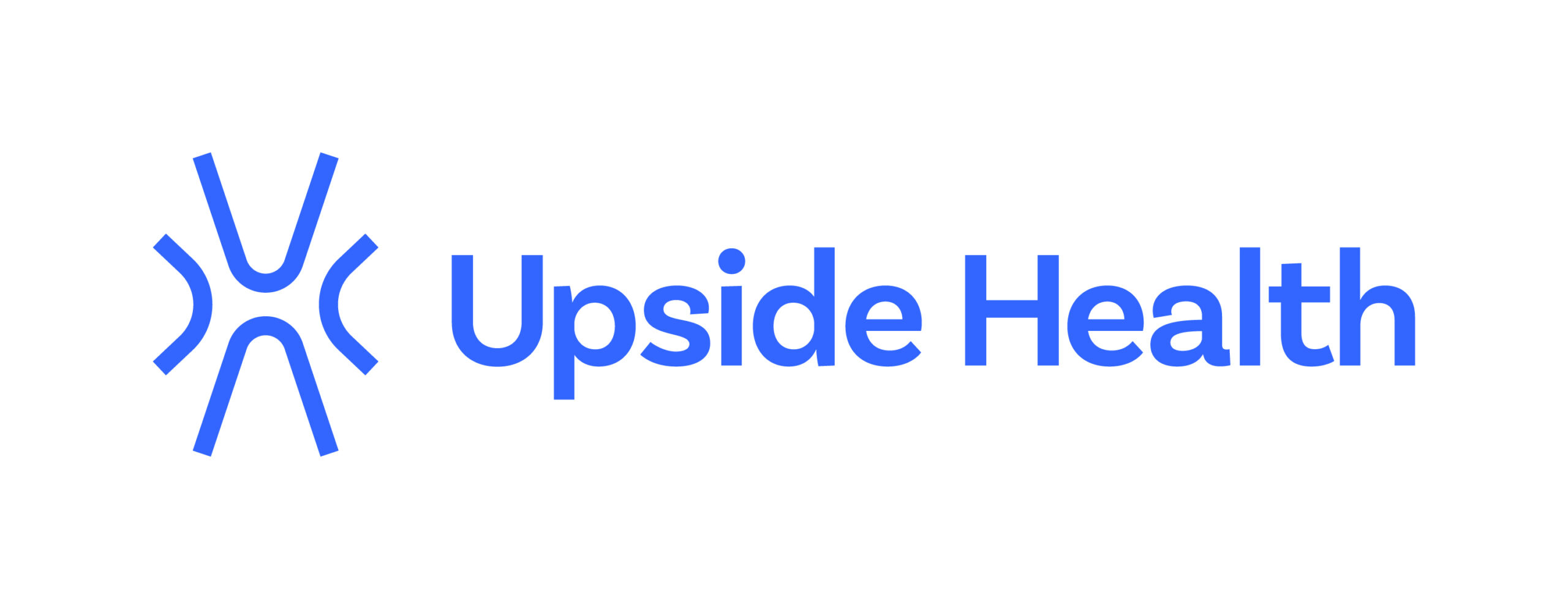 A common complaint for many with chronic pain problems like arthritis, back pain, fibromyalgia, and CRPS is difficulty with memory and just not feeling mentally sharp. Brain research seems to back up the mental cloudiness that many in pain experience on a routine basis. Chronic pain is often associated with anatomical changes within the brain, including an overall loss of gray matter and a shrinking of areas of the brain associated with learning and memory.
A common complaint for many with chronic pain problems like arthritis, back pain, fibromyalgia, and CRPS is difficulty with memory and just not feeling mentally sharp. Brain research seems to back up the mental cloudiness that many in pain experience on a routine basis. Chronic pain is often associated with anatomical changes within the brain, including an overall loss of gray matter and a shrinking of areas of the brain associated with learning and memory.
One of these key brain regions that get affected is the hippocampus, which is crucial for learning, memory, and even emotional processing. Using anatomical brain scans, researchers have found that people suffering from chronic pain problems like back pain have a smaller hippocampus than those not in pain. The hippocampus is an area of the brain where new nerve formation can take place to promote learning, even in old age. This important phenomenon is known as neurogenesis. Leading neuroscientists believe neurogenesis in the hippocampus is impaired by the experience of pain.
But alas, if you have pain and are worried about your mental faculties, all is not lost. There is a growing body of research showing that these changes can be reversible, and that there are ways of improving brain function and stimulating nerve growth in the hippocampus. One way of doing this that has gained strong scientific support is through exercise. Exercise can work, whether you are young, middle-aged, or over 80. Activity can be a real hippocampus booster.
Consider these types of brain functions that exercise has been shown to enhance:
- Mentalizing: The process of mentalizing is how we make sense of ourselves and each other. When we plan a sequence of events or multistep tasks, such as making a sandwich, we are mentalizing. Patients suffering from brain injuries or Alzheimer’s can struggle with multistep tasks.
- Episodic memory: Our ability to recall past events is an example of episodic memory. Being able to remember what you had to eat at your favorite restaurant last year would be an example. Research has shown that our episodic memory improves after 6 months of regular exercise.
- Spatial reasoning: Being able to think about objects in three dimensions without touching them requires spatial reasoning. Exercise can help us better mentally rearrange things our heads.
Not only does exercise improve brain function by promoting nerve generation in our key learning center, but it also helps better remodel the brain through a process known as neuroplasticity. Neuroplasticity is the capacity of nerves within our brains to change their connections and behaviors in response to stimulation, including physical activity. With the case of exercise, this “rewiring” so to speak plays a pivotal role in improved mental performance.
Numerous studies have now been published, both in animals and humans, finding significant cognitive benefits to exercise. What is even more interesting is how exercise can show a protective effect in how our brain’s age. Consider the findings of a recently published British study that looked at the long-term findings on 324 middle-aged twins. They measured their cognitive abilities and leg strength through a battery of tests and then retested the twins 10 years later. Leg power is considered to be an important marker of healthy aging. A striking protective relationship was found between leg strength and age-related cognitive decline, and the twins with the stronger legs also preserved more gray matter in general.
It might be time to pump up those legs. Here are a few basic exercises to help you get started:
- Wall squats: Stand with your back against the wall and your legs bent at 90 degrees. Hold for 10 seconds or whatever seems tolerable, and then stand up for a break. Repeat several times throughout the day as tolerated. As strength improves, you can increase the amount of time against the wall.
- Sit to stand: Practice standing up from a sitting position in a chair without using your hands if possible. Repeat as tolerated.
So, if you have been feeling a bit foggy lately, well, don’t take that lying – consider exercising it away.
References:
- http://www.scientificamerican.com/article/how-chronic-pain-affects-memory-mood/
- http://www.painresearchforum.org/news/16586-chronic-pain-hits-hippocampus
- http://www.ncbi.nlm.nih.gov/pubmed/26551663

About The Author: Dr. Peter Abaci
Peter Abaci, MD is one of the world’s leading experts on pain. He is the author of Take Charge of Your Chronic Pain: The Latest Research, Cutting-Edge Tools, and Alternative Treatments for Feeling Better, host of Health Revolution Radio, and regular contributor to WebMD, The Huffington Post, and PainReliefRevolution.com. His newly released second book, Conquer Your Chronic Pain, A Life-Changing Drug-Free Approach for Relief, Recovery, and Restoration, is already considered a must read for anyone dealing with chronic pain. As the Medical Director and Co-Founder of the renowned Bay Area Pain and Wellness Center, his innovative strategies for integrative pain treatment have helped restore the lives of thousands struggling with pain. Dr. Abaci’s publications on pain treatment have become a trusted resource for patients, family members, doctors, psychologists, physical therapists, and insurance companies, alike. Dr. Abaci is also working with multidisciplinary teams in investigating and understanding how digital health technologies – including AI, mobile applications, wearable biosensors, virtual reality – can treat chronic pain through simulation and machine learning.
Dr. Abaci began his quest to radically change conventional chronic pain thinking and treatment after dealing with the agony of his second anterior cruciate ligament (ACL) tear. His mission is to help transform the way medicine treats pain and to restore hope for healing and optimum long-term health. Dr. Abaci focuses on developing alternative solutions to treating chronic pain by drawing on neuroscience research, evidence-based medicine, ancient healing remedies, stress management techniques, nutrition principles, exercise programs, art therapy, and real-life lessons.



